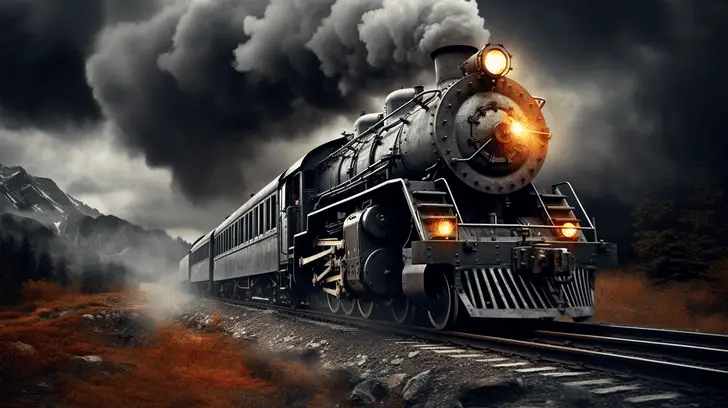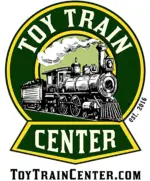Purchasing a steam train in the United States is a venture that is as intriguing as it is complex. It’s a path less traveled, blending historical preservation with a passion for the golden age of railroads. This article guides you through the process, costs, reasons for purchase, and other considerations when buying a steam train in the U.S.

The Process of Buying a Steam Train
1. Research and Networking
The first step in purchasing a steam train is extensive research and networking. Prospective buyers should connect with railway preservation societies, historical railway associations, and private collectors. The Railroadiana Collectors Association Inc. and National Railway Historical Society are great places to start. These organizations can provide valuable information on available locomotives and the nuances of ownership.
2. Finding a Seller
Steam trains rarely come on the open market, so finding one for sale involves patience and networking. Some transactions occur through private sales, while others are facilitated by auctions or through specialized brokers in railway equipment.
3. Inspection and Valuation
Before purchasing, a thorough inspection by a qualified steam locomotive engineer is crucial to assess the train’s condition. The cost of restoring a locomotive to operational status can far exceed the purchase price, making this step essential.
4. Legal and Regulatory Compliance
Buyers must navigate the legal and regulatory landscape, which includes transportation, storage, and possibly restoration regulations. The Federal Railroad Administration (FRA) sets safety standards for railroad operations, including those involving steam locomotives.
READ MORE: 25 Interesting Facts About Historic Steam Trains
The Costs Involved
The cost of buying a steam train in the U.S. varies widely based on the locomotive’s condition, historical significance, and size. Purchase prices can range from tens of thousands to several million dollars. Restoration costs can add significantly to the initial price, sometimes reaching millions of dollars for extensive projects. Ongoing maintenance, storage, and operation costs must also be considered, including insurance, fuel (coal, oil, or wood), and crew training.
Reasons for Buying a Steam Train
Historical Preservation
Many buyers are motivated by a desire to preserve a piece of railway history. Steam locomotives are a testament to the engineering and industrial advancements of their time, and owning one allows for the preservation and sharing of this heritage.
Personal or Organizational Interest
Individual enthusiasts, historical societies, and museums may purchase steam trains to add to their collections for public display or private enjoyment. Some buyers are motivated by the nostalgia and romance associated with the steam era.
Commercial Use
A few purchasers acquire steam trains for commercial purposes, such as tourist railroads or film productions. These operations often rely on the unique appeal of steam locomotives to attract visitors or create authentic period settings.
Additional Considerations
- Space and Infrastructure: Adequate space and the necessary infrastructure are required to house and maintain a steam locomotive. This often involves renting space in a railway yard or constructing a private track and shed.
- Expertise: The operation and maintenance of steam trains require specialized knowledge and skills. Owners often need to hire experienced engineers and mechanics or undergo training themselves.
- Community Impact: Steam train operations can foster community interest in railway history and technology, offering educational and tourist attractions.
READ MORE: 50 Jokes About Trains | Funny Questions and Answers
Conclusion
Buying a steam train in the U.S. is a significant undertaking that appeals to a niche market of railway enthusiasts and preservationists. It requires a substantial investment of time, money, and effort, but for those passionate about railway history and engineering, it offers a unique and rewarding challenge. As steam trains become increasingly rare, their preservation becomes even more critical, ensuring that future generations can experience the marvel of steam railroading.




